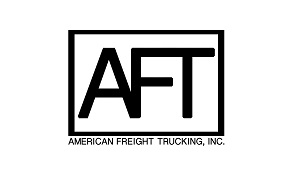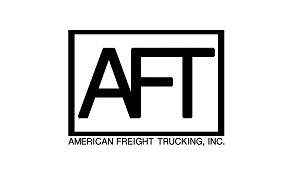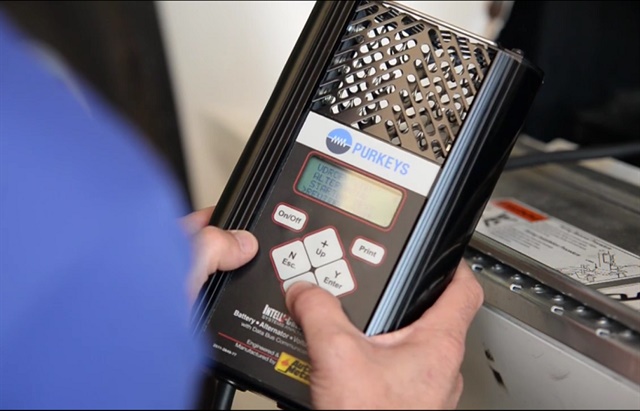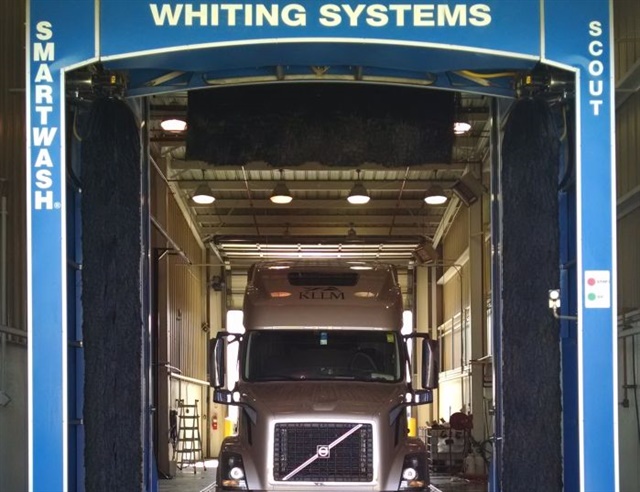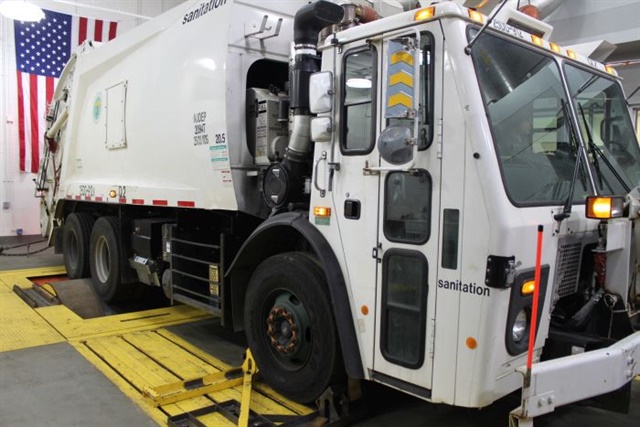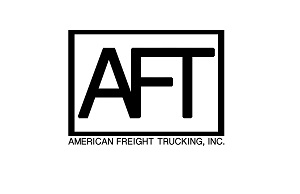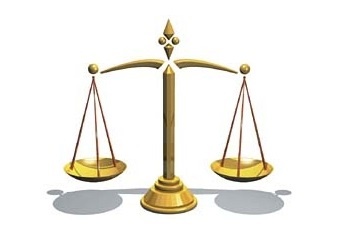<img width="150" src="http://www.automotive-fleet.com/fc_images/articles/m-whiting-systems-1.jpg" border="0" alt="
Thanks to automation advances, modern drive-through truck washes can clean and wax a vehicle in 10 minutes or even less. Photo: Whiting Systems
">
Thanks to automation advances, modern drive-through truck washes can clean and wax a vehicle in 10 minutes or even less. Photo: Whiting Systems
">A truck is a rolling billboard, and companies have taken advantage of that to advertise their wares since Theodore Roosevelt was president and goods were as likely to be delivered by horse-drawn wagons as by a clattering, coughing, new-fangled motor vehicle.
Colorful, clean trucks can offer a gleaming, positive image of a fleet and the services it provides or the products it carries — but the opposite can also be true, with dirty, muddy, scarred-up trucks sending a far less positive message.
And it's not always just the public (or prospective drivers) taking note.
“A dirty truck is a rolling bullseye,” says Darry Stuart, CEO of DWS Fleet Services. “There is no question that DOT officers take note of dirty trucks. Because they know that a truck that hasn't been washed probably hasn't been well maintained, either.”
Russ Whiting, owner of the Whiting Systems nation truck-washing chain, agrees. “You'll never get that on record” from the DOT he says. “But it's true. If a truck looks sloppy, then odds are its maintenance program is sloppy.”
According to Todd Mathes, technical expert at 3M Automotive Aftermarket Division, there are three considerations when investing in fleet maintenance — brand appeal, safety and resale value. And vehicle appearance directly affects all of those goals. “Showing a trucking company's brand in the best light is a main reason to keep the fleet exteriors looking good,” Mathes says. “But there are other positive payoffs, too.”
Mathes says if a truck's finish is not properly maintained, the clarity of paint image will fade over time, decreasing the resale value. Additionally, if the truck has damage and is not maintained, it could cause additional issues such as rust or structural integrity.
